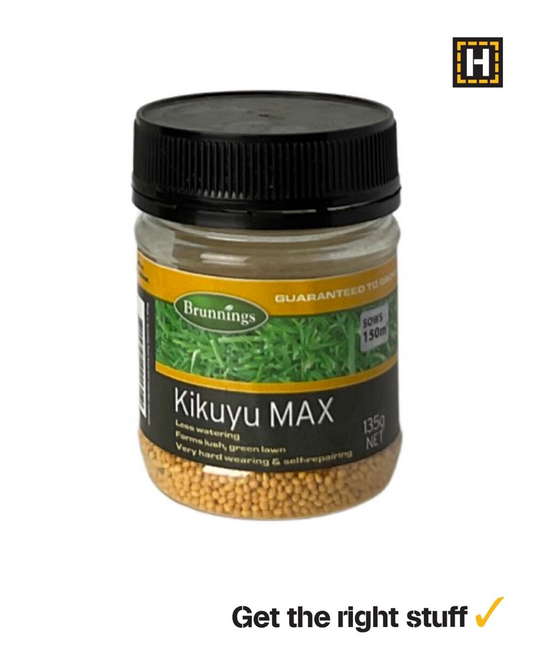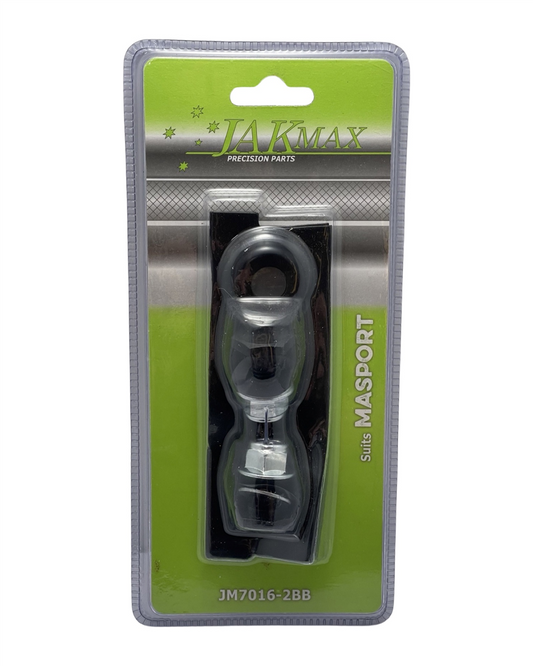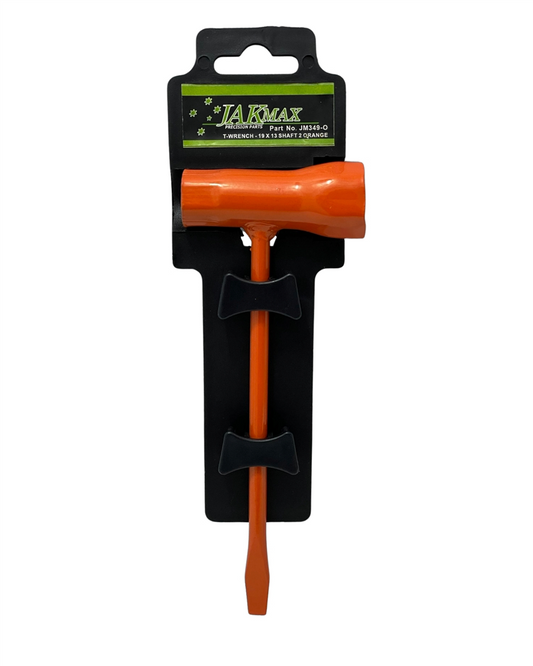The real reason your vegetables aren’t thriving and how to change it
Share
Why Your Vegetable Garden is Struggling (And What to Do About It)
You've spent weekends digging, planting, watering, and hoping for an abundant veggie patch. But instead of a lush garden brimming with crisp lettuce and juicy tomatoes, you're left staring at weak, wilted plants that refuse to thrive. Sound familiar? Don't worry—you’re not alone! Most beginner gardeners make one or two simple mistakes that can make all the difference between a thriving veggie patch and a disappointing one.
The Soil Could Be the Problem
Many new gardeners underestimate how much soil health impacts their success. Nutrient-poor, compacted, or waterlogged soil will hold your plants back no matter how much love you give them. Good soil is like a stocked-up pantry for plants—it provides nutrients, retains moisture, and gives roots the space they need to grow.
The fix? Give your soil a health check. Grab a handful and squeeze it—if it clumps into a solid lump, it needs more organic matter. Mix in compost, well-aged manure, or a quality soil improver to boost its structure and nutrition. Healthy soil = happy veggies!
Are You Overwatering or Underwatering?
Getting watering right is tricky, especially when the weather likes to keep you guessing. Too much water drowns your plant’s roots, while too little leaves them gasping for a drink.
Stick your finger into the soil—if the top few centimetres feel dry, it’s time to water. If it’s still damp, hold off for another day. Deep watering less frequently is better than a light sprinkle every day. It encourages roots to grow deep, helping plants survive those hotter spells.
Sunlight—Are Your Plants Getting Enough?
Vegetables love the sun. Most need at least six hours of direct sunlight a day to thrive. If your plants are looking lanky, pale, or slow-growing, poor sun exposure could be the culprit.
For the best results, position your veggie garden in the sunniest spot you’ve got. If your yard is mostly shaded, consider growing leafy greens like spinach and lettuce—they can tolerate lower light compared to sun-loving tomatoes and capsicums.
Pests and Diseases Might Be Stealing the Show
You’re not the only one who enjoys fresh veggies. Caterpillars, aphids, and slugs see your garden as an all-you-can-eat buffet. If your plants have holes in their leaves or are mysteriously disappearing overnight, it’s time to do a pest check.
Take a close look under leaves and along stems to spot unwanted guests. Natural solutions like companion planting, neem oil, and introducing ladybugs to the garden can help keep pests under control. And if you’re dealing with fungal issues, improving airflow between plants and watering in the morning (rather than at night) can go a long way in preventing disease.
Choosing the Right Plants for Your Climate
Some veggies thrive in cool seasons, while others need the heat of summer to produce. If your crops aren’t performing, check if they’re well-suited to your growing conditions. Planting out of season or choosing varieties that don’t like your local weather makes gardening harder than it needs to be.
Always check seed packets or plant tags to ensure you’re planting at the right time of year. Visiting a local garden centre also helps—you’ll find plants suited to your area and get advice specific to the local growing conditions.
Set Yourself Up for Success
A thriving vegetable garden isn’t about luck. It’s about understanding what your plants need and giving them the right conditions to grow strong. Fix up your soil, water wisely, ensure they’re getting enough sun, keep an eye out for pests and diseases, and choose plants suited to your climate.
If you're still unsure, don't stress! Pop into your local garden centre and ask for advice. There’s no better way to get tailored tips and recommendations for your unique space.
Happy gardening! 🌱
 Stay Connected
Stay Connected
Join our gardening community on Facebook the Urban Gardener's Notebook
And follow our Store Facebook Page: Strathalbyn H Hardware on Facebook









